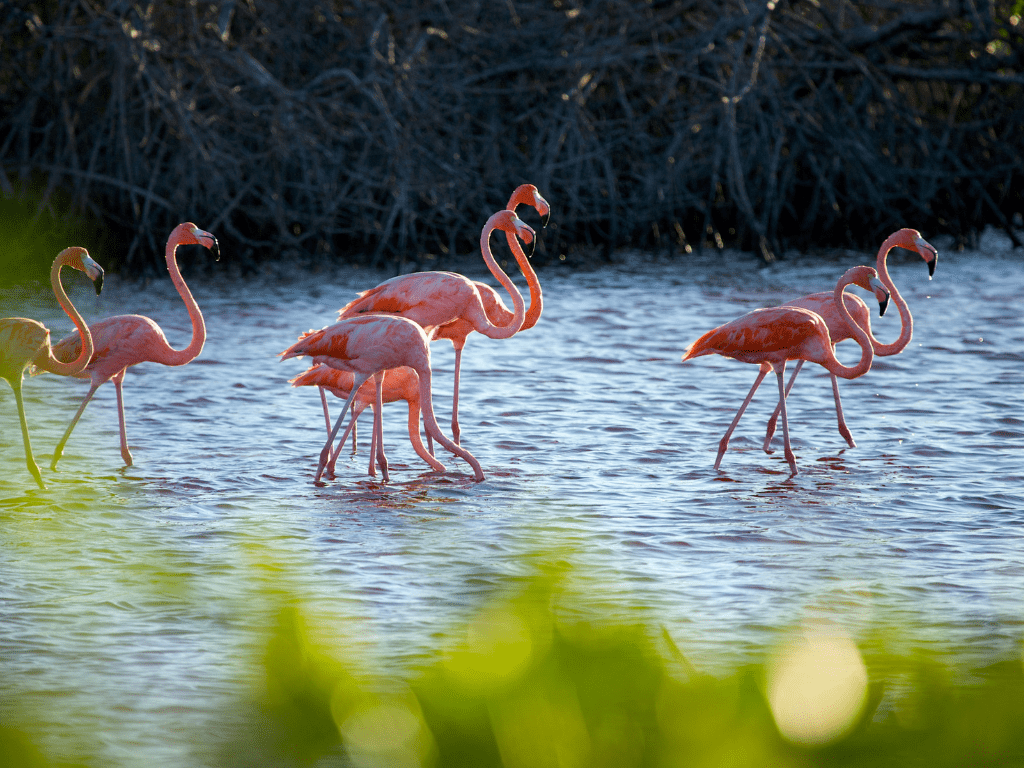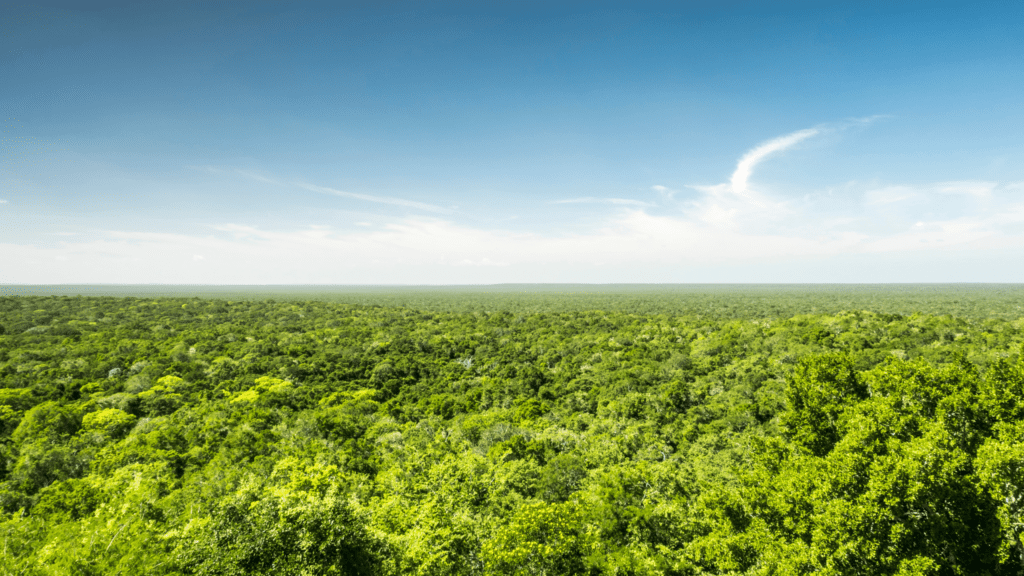
When most people think of the Yucatan Peninsula, they think of the beautiful turquoise waters of the Caribbean Sea. But there is so much more to this region than just its beaches. The Yucatan is home to some of the most biodiverse jungles in the world, and these jungles are protected by a system of biosphere reserves.
The biosphere reserves of the Yucatan Peninsula are some of the most well-preserved ecosystems in the world. They are home to an amazing variety of plants and animals, many of which are found nowhere else on earth. Exploring these reserves is a truly unique experience, and one that should not be missed by any nature lover.
One of the best ways to explore the Yucatan jungle is by visiting one of its many biosphere reserves. There are reserves all over the peninsula, each with its own unique character. Many of these reserves offer guided tours, which is a great way to learn about the reserve and see some of its most important features.
Visiting the biosphere reserves of the Yucatan Peninsula is a truly unforgettable experience. These reserves offer a unique opportunity to see some of the most biodiverse jungle in the world. So if you are looking for an adventure, be sure to add a visit to one of these reserves to your list!
Here’s our 4 favorite biosphere reserves in the Yucatan Jungle.
Sian Ka’an Biosphere Reserve

Sian Ka’an Biosphere Reserve is a protected area that spans over 1.3 million acres of tropical forest, mangroves, and wetlands in the Mexican state of Quintana Roo. The Reserve is home to an incredible diversity of plant and animal species, including jaguars, pumas, ocelots, tapirs, and more than 300 species of birds.
The Sian Ka’an Biosphere Reserve was established in 1986 in order to protect this incredible region and its many species. The Reserve is managed by the Mexican government and is funded in part by the United Nations Development Programme.
The Sian Ka’an Biosphere Reserve is open to the public for tours and ecotourism activities. Visitors can enjoy bird watching, hiking, canoeing, and much more. The Reserve also offers educational programs for children and adults.
The Sian Ka’an Biosphere Reserve is a beautiful and important protected area that is well worth a visit.
Celestún Biosphere Reserve
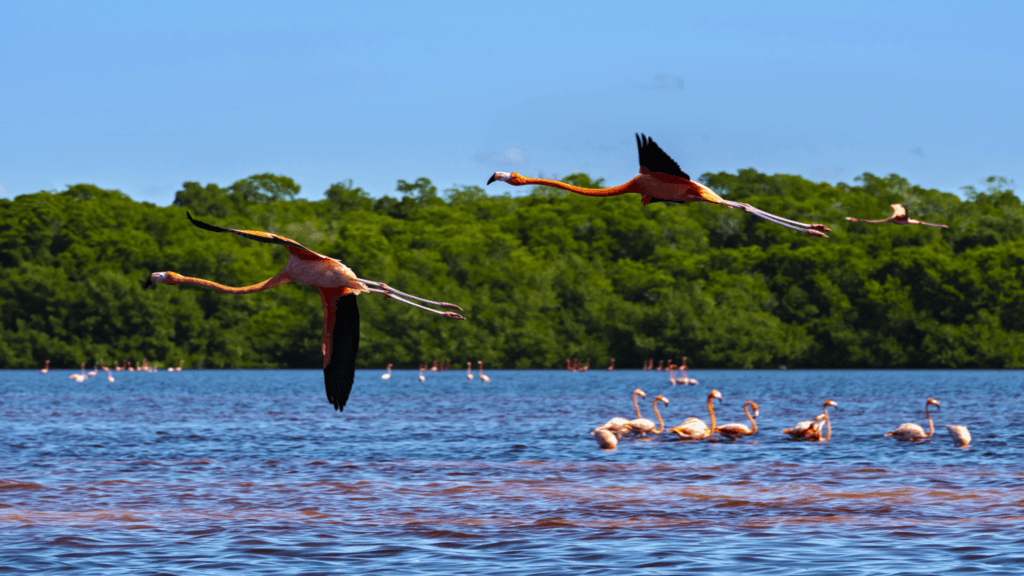
The Celestún Biosphere Reserve is located in the State of Yucatán, Mexico and was created in 1979. The Reserve covers an area of 47,640 hectares of which 20,540 are terrestrial and 27,100 are marine. The climate is tropical with an annual temperature of 26.4 °C. The rainy season lasts from May to October with an annual precipitation of 1,600 to 2,000 mm.
The Celestún Biosphere Reserve is home to a great diversity of plant and animal species. On the coast, there are mangrove forests, seagrass beds and coral reefs. In the terrestrial area, there are gallery forests, swamps and savannas.
The terrestrial area of the Celestún Biosphere Reserve is home to 212 species of birds, 22 species of reptiles, 18 species of mammals and 11 species of amphibians. The most representative bird species are the roseate spoonbill (Platalea ajaja), the American flamingo (Phoenicopterus ruber), the Yucatán jay (Aphelocoma wollweberi), the white-fronted parrot (Amazona albifrons) and the osprey (Pandion haliaetus).
The marine area is home to 266 species of fish, 36 species of crustaceans, 23 species of molluscs and 14 species of marine mammals. The most representative fish species are the tarpon (Megalops atlanticus), the snook (Centropomus undecimalis), the barracuda (Sphyraena barracuda) and the whale shark (Rhincodon typus).
The Celestún Biosphere Reserve is an important area for the conservation of biodiversity and the sustainable use of natural resources. The Reserve is a Ramsar site and a UNESCO World Heritage Site.
Ria Lagartos Biosphere Reserve
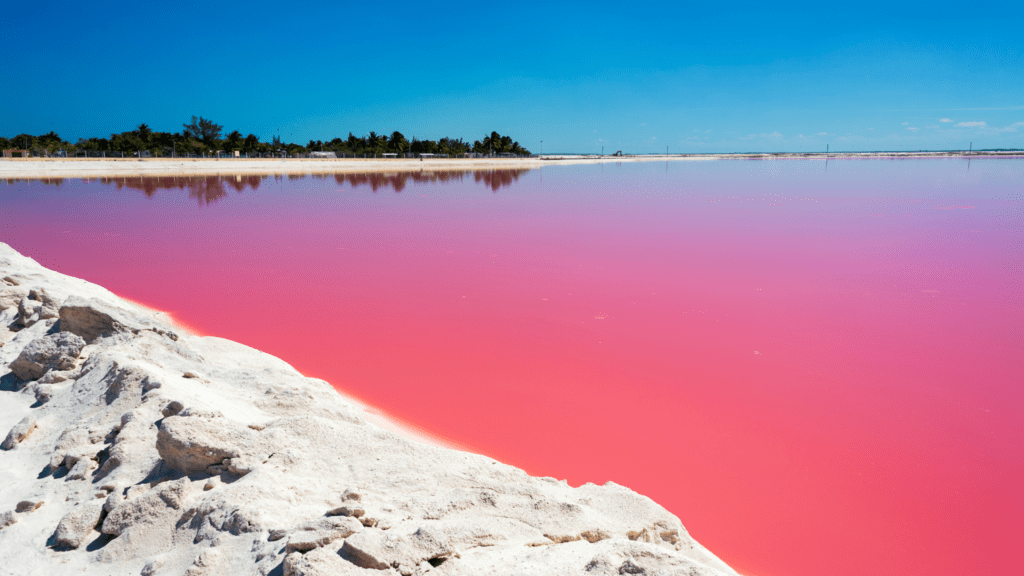
The Ria Lagartos Biosphere Reserve is one of the world’s most important wetland ecosystems. It is located in the northern part of the Yucatán Peninsula in Mexico and covers an area of approximately 1,000 square kilometers. The reserve is home to a wide variety of plant and animal species, many of which are threatened or endangered.
The Ria Lagartos Biosphere Reserve was established in 1979 in order to protect the area’s unique flora and fauna. The reserve is divided into three zones: a core zone, a buffer zone, and an transition zone. The core zone is strictly protected and only accessible to scientists and researchers. The buffer zone surrounds the core zone and is used for eco-tourism activities such as bird watching and canoeing. The transition zone is used for agricultural and industrial activities.
The Ria Lagartos Biosphere Reserve is best known for its breeding population of flamingos. Approximately 20,000 flamingos make their home in the reserve, making it the largest breeding colony of flamingos in the world. The reserve is also home to other rare and threatened species such as the jaguar, the ocelot, the Baird’s tapir, and the American crocodile.
The Ria Lagartos Biosphere Reserve is an important stopover point for migrating birds. Over 200 species of birds have been recorded in the reserve, including the yellow-headed parrot, the roseate spoonbill, and the white-faced ibis.
The Ria Lagartos Biosphere Reserve is threatened by a number of environmental issues, including unsustainable fishing practices, pollution from nearby factories, and agricultural development. However, the Mexican government has committed to taking action to protect the reserve and its invaluable ecosystem.
Yum Balam Biosphere Reserve
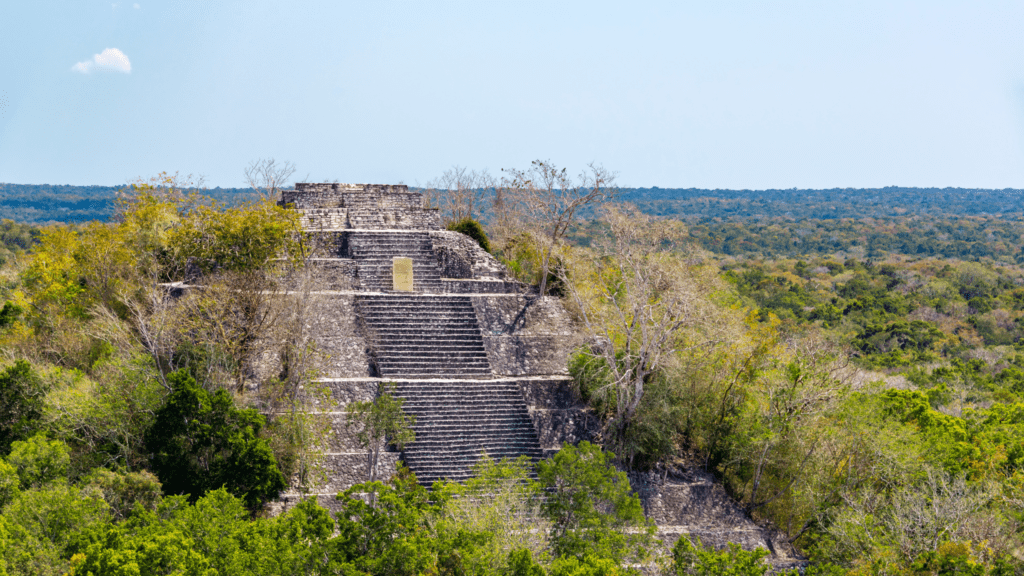
The Yum Balam Biosphere Reserve is a protected area in Mexico that encompasses the northern portion of the Yucatán Peninsula. It is home to a wide variety of plant and animal species, as well as many Mayan archaeological sites.
The reserve was created in 1993 in an effort to conserve the area’s natural resources and cultural heritage. It covers a total of 1,496,000 hectares (5,710 square miles), making it one of the largest biosphere reserves in the world.
The reserve is divided into three distinct zones: the core area, the buffer zone, and the transition zone. The core area is strictly protected, with no human activity allowed. The buffer zone surrounds the core area and is used for research and education activities. The transition zone is used for sustainable economic development.
The reserve is home to a wide variety of plant and animal species. The Maya Forest, which makes up much of the reserve, is a tropical forest that is home to many rare and endangered species.
The reserve also contains many Mayan archaeological sites, including the ruins of the city of Uxmal. These sites are important not only for their historical value, but also for the insight they provide into the Maya way of life.
The Yum Balam Biosphere Reserve is an important area for conservation and sustainable development. It is home to a wide variety of plant and animal species, as well as many Mayan archaeological sites. The reserve is a model for how protected areas can be managed for the benefit of both people and nature.
Unforgettable Hiking Trails in the Yucatan Jungle
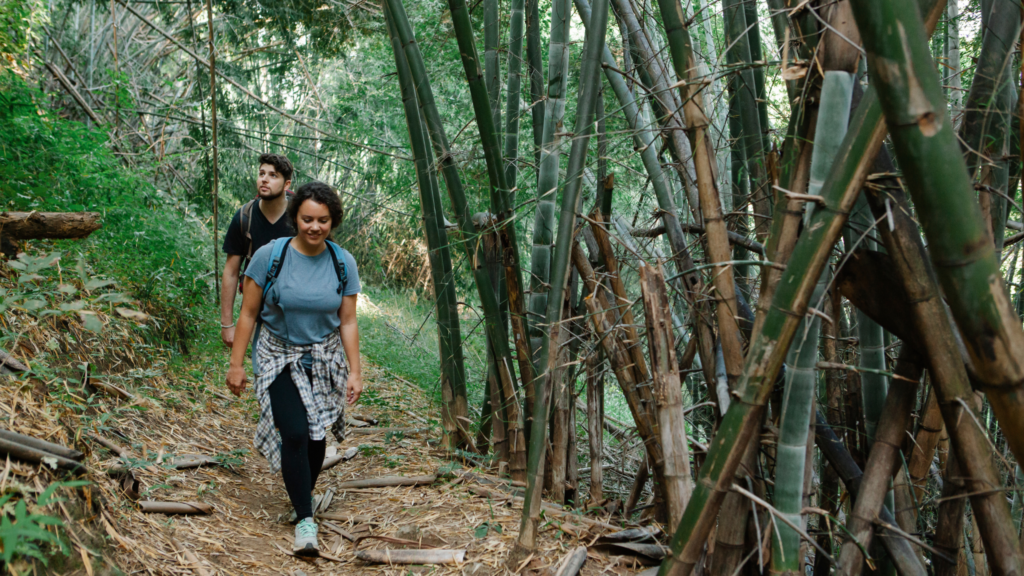
The Yucatan Peninsula is home to some of the most incredible hiking trails in the world. From the stunning beaches of the Riviera Maya to the untamed jungle of the interior, there are endless opportunities for adventure. Here are just a few of the unforgettable hiking trails that you can explore in the Yucatan Jungle.
1. Ruta de los Cenotes
This popular trail winds its way through the lush jungle of the Riviera Maya, home to an abundance of cenotes (natural swimming holes). The route takes you past some of the area’s most famous cenotes, including Gran Cenote, Dos Ojos, and Angelita. You can even take a dip in refreshing waters along the way!
2. Coba Ruins Trek
This trail leads you to the ancient ruins of Coba, one of the largest Maya cities ever discovered. The site is spread out over several square miles, and the trail takes you through the jungle to some of the most impressive pyramids and temples. Be sure to climb to the top of Nohoch Mul, the tallest pyramid in the Yucatan Peninsula!
3. Chelem Hiking Trail
If you’re looking for a challenge, head to Chelem for a strenuous hike through the jungle. The trail takes you to the top of a series of hilltops, offering incredible views of the surrounding jungle and coastline. It’s a great workout and an unforgettable experience.
4. Chichen Itza Pyramid Trail
This trail takes you to one of the New Seven Wonders of the World, the ancient city of Chichen Itza. The trail leads you past some of the most iconic ruins, including the Temple of Kukulkan, the ball court, and El Castillo. It’s a truly magical place, and the hike is an unforgettable experience.
5. Hacienda Selva Maya
This easy trail is perfect for families or those looking for a leisurely stroll through the jungle. The trail winds its way through the grounds of Hacienda Selva Maya, a beautiful colonial-style plantation. along the way, you’ll learn about the history of the hacienda and the people who once lived there.
Whether you’re looking for an easy hike or a challenging trek, there’s sure to be a trail that’s perfect for you in the Yucatan Jungle. So get out there and explore!
Spotting Unique Birds in Yucatan’s Jungles
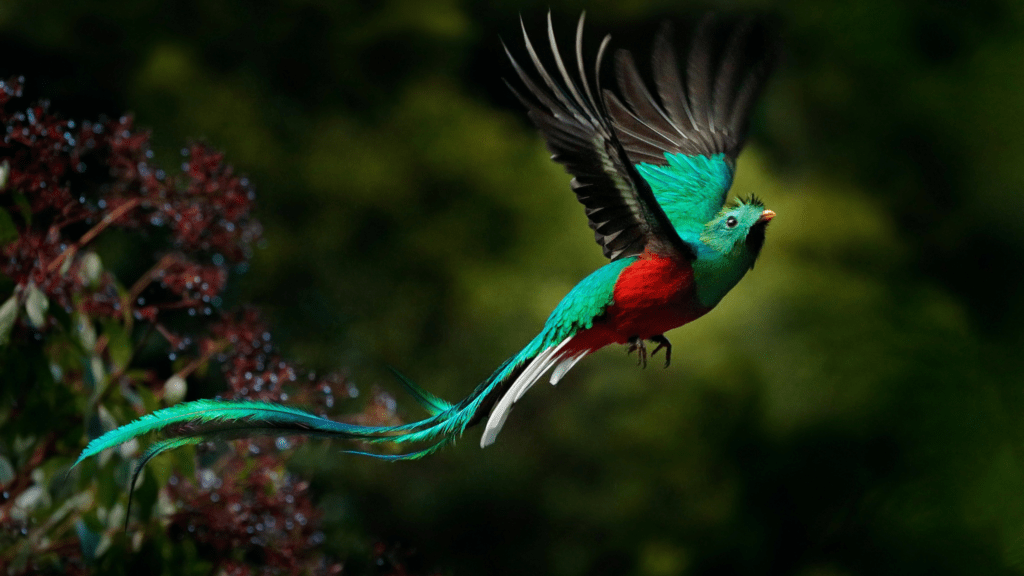
Yucatan is a unique and beautiful place, home to many different species of birds. If you’re a bird lover, there’s no better place to go than Yucatan’s jungles. Here, you’ll have the opportunity to spot some of the most amazing and rare birds in the world.
One of the best places to see birds in Yucatan is the Sabalulucum Reserve. This reserve is home to over 200 different species of birds, making it a veritable paradise for birders. Some of the most popular birds to spot here include the resplendent quetzal, the ocellated turkey, and the azure-rumped tanager.
Another great place to see birds in Yucatan is the Calakmul Biosphere Reserve. This reserve is one of the largest protected areas in Mexico, and it’s home to an incredible variety of bird life. Some of the most popular birds to spot here include the king vulture, the great curassow, and the scarlet macaw.
No matter where you go in Yucatan, you’re sure to spot some amazing and unique birds. So make sure to bring your binoculars and your camera, and get ready for an unforgettable experience.


